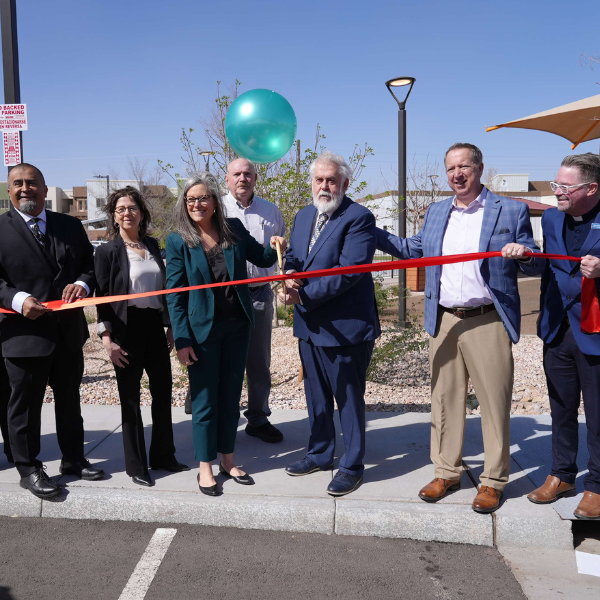Border Task Force Update
Pima County Sheriff Chris Nanos has stated he is not participating in the new state task force for border security recently introduced by Governor Katie Hobbs. Along with Santa Cruz County Sheriff David Hathaway, he has expressed concerns about the overlap between this task force and existing federal responsibilities regarding security along the Arizona-Mexico border.
Both sheriffs raised their concerns following a contentious online meeting aimed at developing a shared border initiative called Operation Desert Guardian, which is designed to tackle drug trafficking and human smuggling in several counties, including Pima and Cochise.
The proposal consists of collaborations among local sheriff departments and federal and state agencies to address issues like “identifying and mitigating security vulnerabilities” at the border and dealing with border-related crimes.
However, Nanos and Hathaway were taken aback by their invitation to participate in the joint task force without prior consultation. Hathaway described it as trying to formulate a concept during a call, indicating that it felt like an “attempt” to construct a task force hastily.
Although Operation Desert Guardian has a framework, Hathaway noted that there is no dedicated personnel assigned to the initiative. Given the vast area they need to cover with a limited number of officers, he emphasized that having representatives actively engaged in local situations would be more effective than focusing solely on the border, where federal agents already do significant work.
In a recent call regarding the task force, Nanos left after expressing his dissatisfaction, saying, “Tell me what it does. We’ll sit down and decide whether it’s profitable and valuable for my constituents.” He voiced concerns that the initiative seems to be more about politics than actual public safety.
Governor Hobbs has proposed a budget of $28 million for this initiative, in addition to previous funding of $100 million available for agencies near the border, sourced from the Arizona Border Protection Fund. Nanos and Hathaway suggested allocating this federal money among the four counties on the border to meet immediate needs effectively.
Nanos pointed out the pressing issues in his own jurisdiction, mentioning there were over 100 murders in Pima County last year, while most violent incidents happened not at the border but within urban areas like Tucson itself. He expressed that addressing local needs takes precedence over tackling federal border issues.
While Sheriff Hathaway acknowledges the necessity of addressing drug trafficking, he maintains that his department is already engaged in efforts to combat these issues. The Santa Cruz County sheriff highlighted the importance of focusing on local public safety needs rather than taking on additional responsibilities at the federal level.
On the flip side, Yuma County Sheriff Leon Wilmont expressed skepticism about the effectiveness of Operation Desert Guardian, advising that the task force should complement existing initiatives in his department rather than creating redundant efforts. He advocated for collaboration and integration with the current infrastructure already in place.
Cochise County Sheriff Mark Dunnell appeared optimistic about the prospects of collaboration, emphasizing the benefits of partnerships among local, state, and federal authorities. He mentioned an existing state-funded “border business center” designed to enhance cooperation in surveillance and information sharing with federal agencies, which he hopes will fit in with the strategic plans of any new task force.







